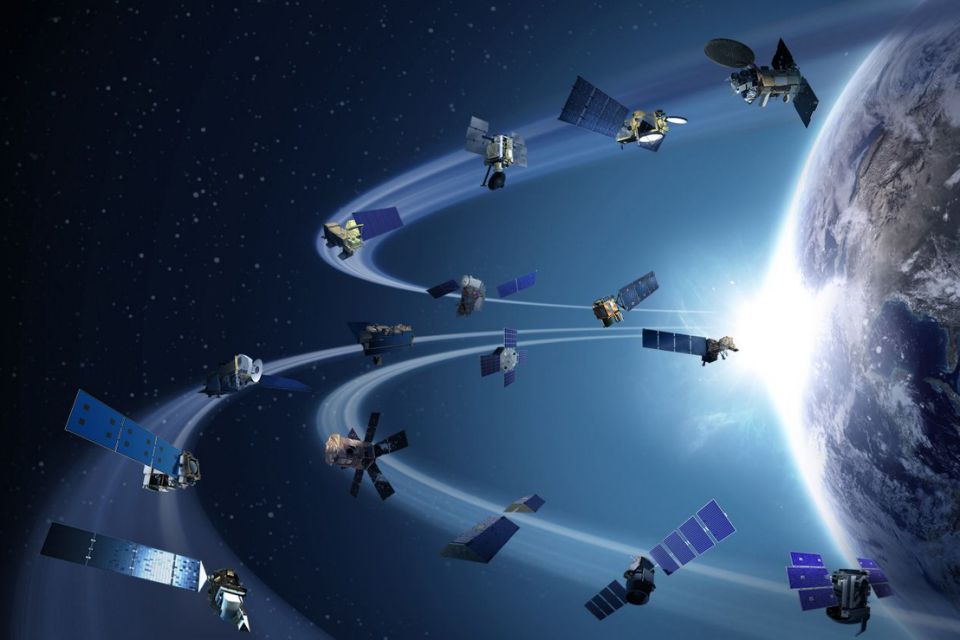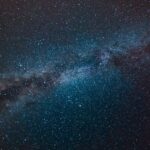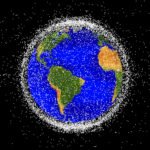In late 2019, astronomers across the U.S. began to notice mysterious streaks of light passing through their images—clusters of the private company SpaceX's Starlink satellites. With 955 of these satellites launched so far, founder Elon Musk aims to create a “mega-constellation†of satellites in the low Earth orbit (LEO), designed to provide global broadband Internet access.

The initial launches were quickly met with backlash from astronomers, whose equipment picked up on the unusual fluctuations in exposure. Due to Starlink's relative brightness and low orbits, astronomers worry that these satellites could severely impact many Earth-based observations in a discipline dependent on studying light.
But the implications go beyond astronomical observations. There are currently about 9,000 stars visible to the naked eye; Musk has received FCC approval to put 12,000 satellites into orbit around Earth, and currently seeks approval for 30,000 more. Their close proximity to Earth makes them appear brighter than surrounding stars, which gives them the potential to completely reshape the appearance of the night sky.
SpaceX isn't the only private company seeking to create such a mega-constellation. Tech giant Amazon has laid out their plan of a 3,236 satellite constellation, with other companies following suit. While the FCC regulates satellite telecommunications, orbital trajectories, and broadcast wavelengths, there are no real guidelines on the appearance of satellites, leading to controversies like the “Humanity Star,†a satellite launched by a U.S. start-up in the shape of a disco ball.

There is similarly no international legislature. For his part, Musk has promised to darken the underside of the satellites and reposition reflectors, changes that have already been met with doubt by the astronomical community. Yet the issue remains that astronomers globally have no real forum to protect their needs for unobstructed night skies.
And as cheaper launches and microsatellite technology encourage more companies to launch, the LEO will get even more crowded. Already, experts have been concerned about “space junk,†or leftover materials from old or dysfunctional satellites that remain in orbit and “clog†orbital paths. Even tiny bits of such debris travelling at such high speeds can have catastrophic consequences; in 2016 a 7mm paint chip gouged a dent in the windows of the ISS.
Since the initial launch, around 2.5% of Musk's existing satellites have failed and remain as space junk. Scaling this percentage up to his proposed 42,000 means over a thousand dysfunctional satellites. However, although more debris puts both private and public interests in space at risk, no entity is directly obligated by international law to clean it up, and the existing legal basis for space law, the Outer Space Treaty, does not establish regulations for private companies.

President Trump recently signed a policy directive aimed towards reducing the creation of space debris, but actually cleaning up this “space junk†is a difficult and costly process private companies will likely be unwilling to undertake without further incentive. However, some projections suggest that if space junk continues to accumulate, we may lose our ability to launch satellites into the LEO altogether. In 2019, the European Space Agency was forced to reposition one of its satellites because Starlink was in its path; as the number of commercial satellites and debris exponentially increases, the risk for collisions only grows greater.
Privatization inevitably characterizes the future landscape of the space industry, a future with potential for both incredible innovation, like accessible and cheap worldwide Internet, and enormous risks. Without more stringent regulations, particularly on appearances, private companies can continue to launch “mega-constellations,†clogging the LEO, and even use space as a place for global advertisements, while astronomers will continue to be powerless to protect their research. Without adequate liability for private companies and more updated international legislation, our night sky runs the risk of being ruined for all.
About the Author
Sahana is an undergraduate at the University of Georgia studying Astrophysics with a Sustainability certificate. When she's not pretending to do her homework, she can be found playing ultimate frisbee or adventuring around Athens. Connect with her at sahana@uga.edu.
- Sahana Parkerhttps://athensscienceobserver.com/author/sahana-parker/November 15, 2024
- Sahana Parkerhttps://athensscienceobserver.com/author/sahana-parker/February 14, 2024
- Sahana Parkerhttps://athensscienceobserver.com/author/sahana-parker/November 11, 2022
- Sahana Parkerhttps://athensscienceobserver.com/author/sahana-parker/April 15, 2022








